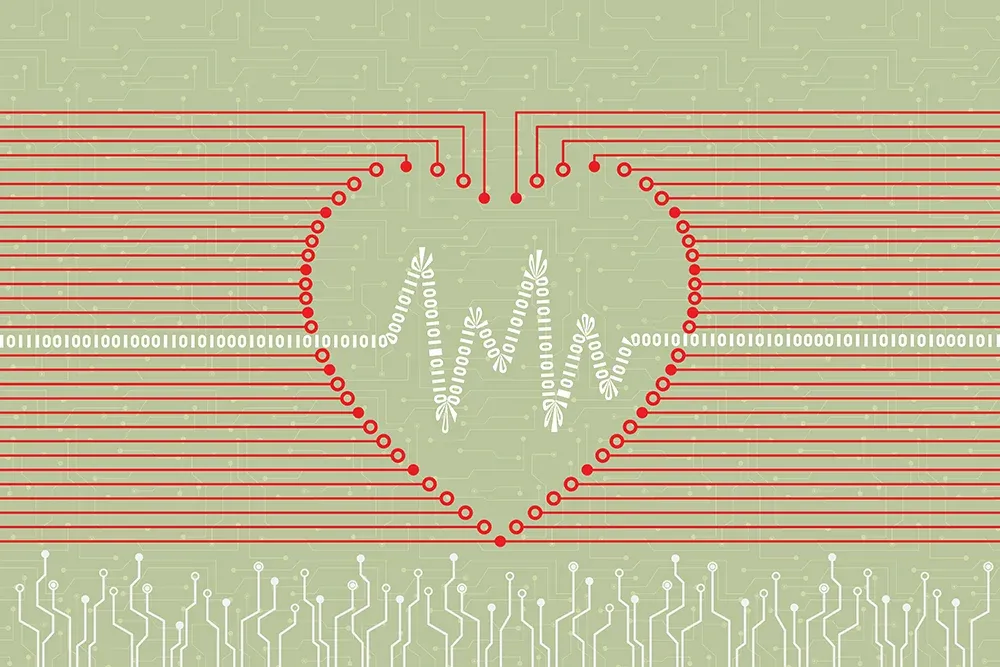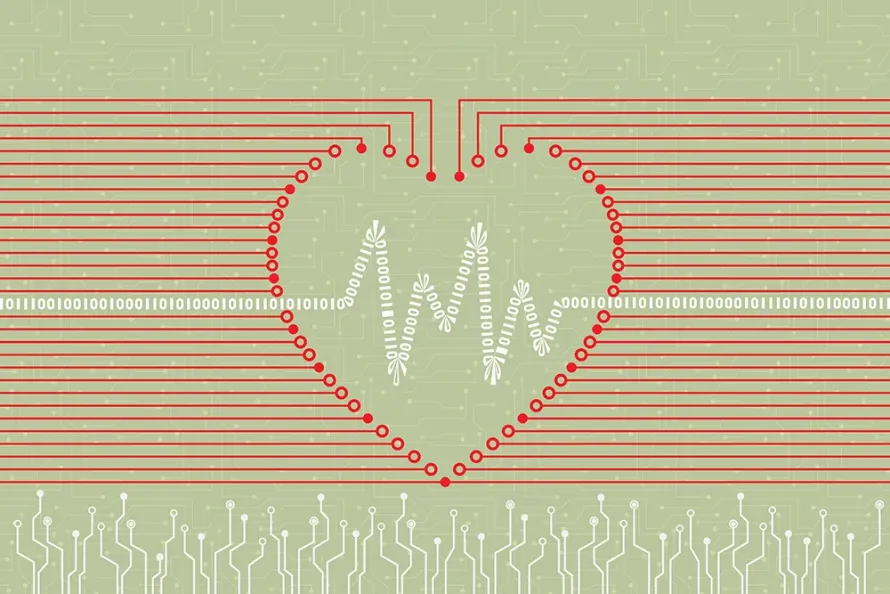Do What You Love: Engagement for Your Product & Person
Image

Where does your heart go when your mind wanders? How do you fill your time when there’s no one telling you what to do?
Image

Try Everything Once…
Sometimes we find ourselves in new situations, where the routines that we’ve comfortably fallen into are made moot. Moving to a new city. Starting a new job. Suddenly being single. A complete redesign of your favourite analytics tool. Sometimes there are suggestions—like guidebooks, reviews, or supporting documentation—but really the only way to become comfortable in that brave new world is to get our hands dirty. We have to start trying things.
Every new customer starts this way . Everyone has had a first interaction with every product they use. Everyone has had a first meal at restaurants they love. It’s a part of who we are to try new things, and then go back to the things we like. As creators of products and services, we have to learn to recognize this. Customers who are testing out our service for the first time have been acquired, but customers who have made a habit of returning to us are engaged. In computer science, this is called the explore/exploit tradeoff, and in life this is the basis of friendship. Algorithms to Live By has an excellent discussion on the topic.
…And If You like It, Do It again
So given that we have customers who have taken an interest in our service, and come back on a recurring basis, how do we make that engagement a deeper experience, solidifying the bond? We can borrow from the metaphor again, and we can start by building history, having check-ins, and most importantly, not violating the trust we’ve already established. Also, with a group of engaged customers, we build social capital, and so have the opportunity to improve our service’s core value. More on this later.
We can build a history with our customers by replaying old memories and rehashing old stories. Facebook has literally done this with their shared memories and friendaversary posts, and it fosters a sense of intimacy that few digital services can replicate. Another masterful example is Google Maps’ Timeline feature. Quite simply, the more someone uses these, the more rewarding they are. Almost every service maintains a history of customer usage for internal use, and most have the option of displaying it. The trick though, is to surface it in such a way that it tells a story, that it’s not just numbers. This is something that happens in the offline world as well. Sharing shared experiences is one of the core necessities of a relationship.
Another necessity of a healthy relationship is mutual support, and again, we can extend this metaphor into the digital space. Much as celebrating our partner’s successes, supporting their setbacks and holding our promises builds intimacy and commitment, we can treat our customers in a similar fashion. Put into practice, what we create should be compassionate, or at least empathetic. A hallmark of good product design is that our customers can use it without instruction. Donald Norman’s The Design of Everyday Things discusses this point eloquently. Essentially, something that’s meant to be used, should guide how it’s used — not fault the customer for not knowing how to use it. And, once they accomplish something significant with it, we should celebrate that. This idea has motivated trends in gamification, where badges can be earned, and achievements unlocked by regular product usage. This kind of incentivization can be used to encourage customers to follow a critical path and help them discover core value — ultimately improving their chances of conversion.
Having periodic check-ins is also a technique to help foster a sense of intimacy. Just as how it’s not enough to compliment your partner once, it’s also not enough to check in with engaged customers once. Happily, the outcome of the check-in can also be community content. For example, Airbnb has used their post-stay check-ins to generate reviews for their listings. Pinterest has taken this idea to recommend content , and Amazon has built a business off this idea. A variant of this can even be found in some freemium games, where players may be rewarded for logging in over the course of consecutive days.
Generating Questions Faster than We Can Generate Answers
Of course, just because someone is engaged doesn’t mean they can’t be engaged more. Just because we’ve made a service that’s sticky, doesn’t mean we can’t make it stickier. Our customers come to us to solve an underlying need — and while our product might be good enough to solve that need right now, good enough is replaceable. To be so good that we can’t be replaced is to acutely address that need, even if that’s not the market fit we had initially intended. Such is Flickr’ success story. Getting to that understanding requires a certain level of intimacy with our customers — but that’s exactly what engagement is!
Paul Graham said it best, when he suggested that instead of asking why customers stop using our product, you should be asking why they keep using our product. In a world of limited resources, we need to focus our efforts on what will generate the most impact. The Lean Startup discusses this point at length, but one implication of this is that in order to approach perfection, we might have to do less to do more. By working with rapid iterations and tight feedback cycles, an agile process helps us rise to the challenge. Quite simply, engagement is recurring, meaningful behaviour. By making a habit of finding meaning, we will be better at keeping the friends we make, and the customers we acquire.
This is part 5 of a 6 part series building a growth mindset, for life and work. Originally published on Medium.